One of the topics I love to speak about is preschool behavior, specifically how to create an environment that minimizes challenging behavior. I didn’t always know how to get preschoolers to behave at school. My first year of teaching was a bit of baptism by fire with multiple children facing significant challenges, my inexperience, and a belief that control was best exerted loudly and with authority. Years later, I know that the secrets to good preschool classroom management aren’t who has the loudest voice, who can use their power to force compliance or even a well-intentioned sticker chart. The secrets to getting your preschoolers to behave at school are to create the right relationships and environment. Here’s how:
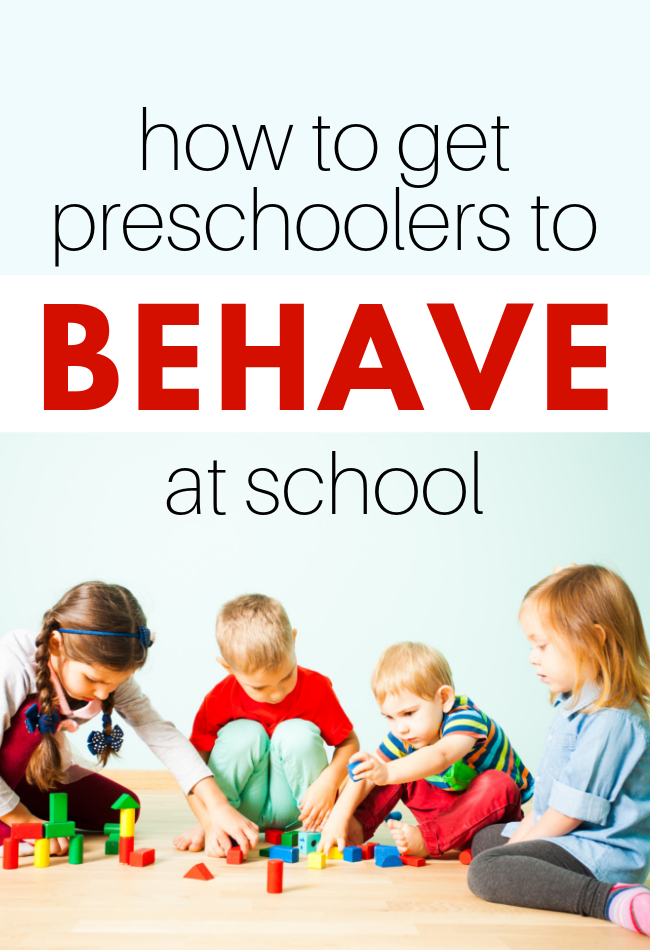
1. Developmentally Appropriate Expectations
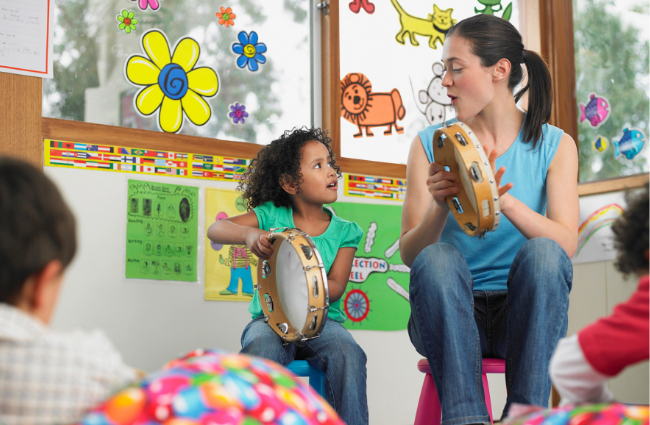
I can’t stress this enough. The three areas I see this happen the most are: When we expect children to sit for long periods especially when the activity is adult directed. When we provide activities that are too far above or well below the students’ abilities expecting the student to engage as if it were a perfect match happily. The last is a biggie; when we create a classroom where adult comfort or goals are placed above those of the children. When we fail to honor our students’ developmental levels, individual abilities, and interests, and put ourselves first, we will see disruptive behavior emerge. Behavior is communication, and when children can’t say ” I’m bored.” “This is too hard.” “I can’t stay still this long!” they will act out those frustrations through disruptive means.
Keeping adult-directed time to a minimum and using physical activity and choice whenever possible in the short adult-directed lessons is key. Young children need to be successful, and when we set them up for success, we can build on that and help them to develop new skills that will help them to behave at school.
Teachers not only have to have realistic expectations for behavior but also take the time to get to know our students and create an emergent curriculum that engages them to prevent this sort of response from starting in the first place. An engaged child is our goal and the way to get that is secret #2.
Learn more about emergent curriculum here and Developmentally Appropriate Practice here.
2. Playful Classroom and Staff

You need to provide ample time for children to play during class, along with free choice/ center activities that allow children to use them in ways that may not be exactly how you intended, and plenty of recess time to explore outside. That’s not all though; you have to play with your students too.
During free choice, get down and play. You will have plenty of time to scaffold and assess during play as well, but the way to get to know your students, to know what they love and hate and what excites them to learn is through play. This is where we build the connections, and those connections directly affect behavior. When a child is having a hard time with behavior in my classroom, my first remedy is to spend more time playing with them.
Inside, outside, I know that my job is to help make sense of whatever is off for this child because that’s what’s at the heart of disruptive behavior. I may not be able to fix the cause especially if it’s from a source outside my classroom, but you can bet on the fact that I can advocate much more effectively for the student once I can play, connect, and better understand them.
Check out ways to connect on the playground here.
3. An Inclusive Environment Where They Know What To Expect
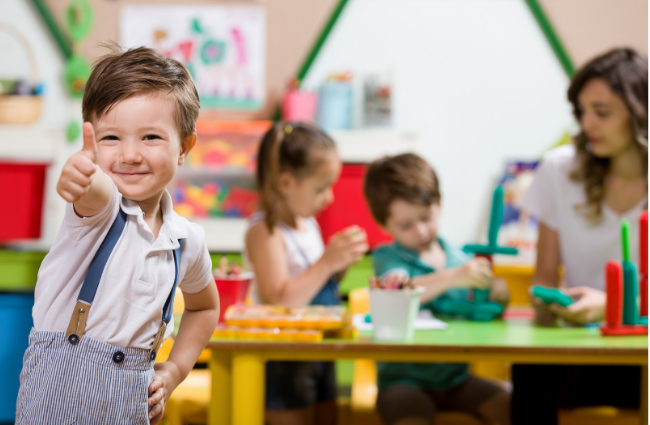
Children need boundaries, and providing a predictable environment is the most natural way to set those boundaries. Teachers must be flexible with schedules but strict with routines. A great way to communicate this is to consider using visual schedules to help students know what to expect. Verbal cues are beneficial too; it’s really as simple as going up to the child and saying ” Owen after we put away books we are getting jackets on and going to the playground.” This can help students who struggle with anxiety and need some control to feel in control. Knowing what to expect next allows children to feel more prepared for change and transitions and eliminates the struggle when you are trying to help 14 kids get jackets on.
Get a free printable visual schedule here.
The other part of creating the right environment is to create a classroom where each student feels included. This means toys and materials that represent their family, home culture, and likes and dislikes. No one expects this to be perfect the first day of school but having multilingual books, materials like baby dolls and puzzles with children that look like your students’ and their families, and play food in your play area that is familiar are good places to start. I also like to have photographs of my students in my room welcoming them to school on the first day. I want them to know this is their classroom, and they belong here.
Find diverse materials for preschool classrooms here.
4. Strong Family Connections
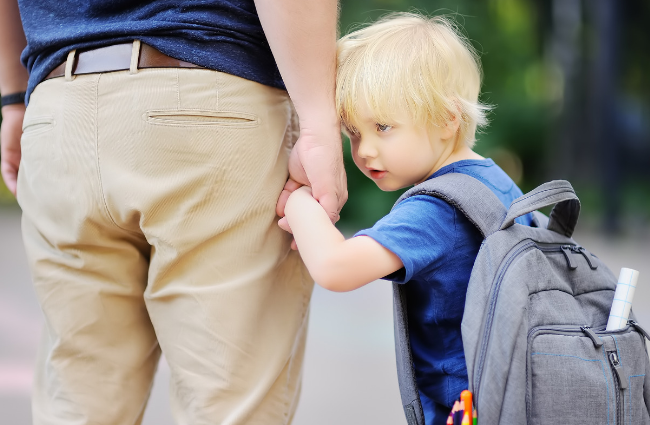
This is one of the hardest of this list because it’s not one that teachers have complete control over. The thing is, as teachers we can’t control how our students come to school, if they are fed, appropriately clothed, well-rested… but we can control how we react to them once they are in our classroom, how we welcome and include their families, and what lessons we use to strengthen the ties between home and school. Create a relationship with parents based on teamwork from day one. Ask that when there are any major or even minor changes at home to share them with you so you can be more accommodating and prepared for behavior shifts.
Grief, anxiety, and many other big emotions often display as misbehavior in young children. If you as the teacher know that a child’s Grandpa is in the hospital, or that the parents are in a trial separation you can be more prepared and honestly usually more patient too. The thing is you won’t get that information if you don’t have a relationship with the family. As a teacher and a parent, I feel that creating this bridge is very much our responsibility as teachers.
Communication is critical for building this relationship and remembering that we are on the same team; I hear teachers blaming parents all the time and vice versa and when we blame each other no one is helping the child. As professionals, we need to set the tone, set the expectations, and be the one reaching out. Some families will never reach back but most will and when they do, you can tackle the tough behavior and challenges together.
Learn more about excellent communication with parents here
Learn more about talking to parents about misbehavior here
5. Explicit Lessons About Emotions
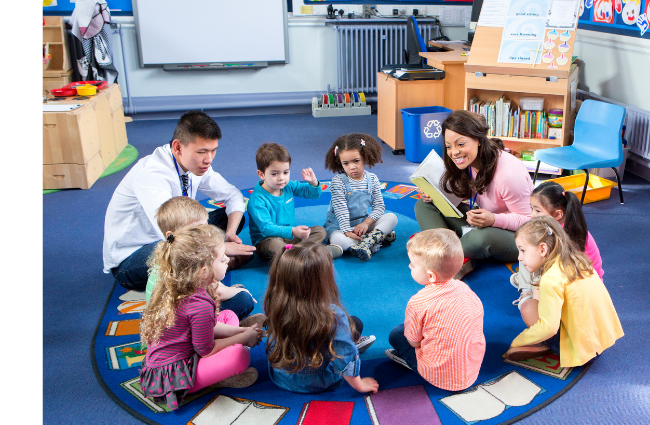
Do you really need lessons about emotions? Isn’t it cause and effect? You take a toy from a child; they cry, you learn not to do it?
Yeah, no.
Preschool-aged children still developmentally focus on themselves. They see the world through a narrow lens, and their needs and wants are paramount. Add in developing impulse control and self-regulation, and well, you have a little human who likely doesn’t even notice that Helen is crying because you took her truck. They were focused on getting it so they could play with it. This is where we step in. We need to explicitly focus on emotions, through modeling, through putting emotions that students are feeling into words, and through group lessons. When children are better able to label their own feelings, they can better label others; when I started doing these lessons once every 4-5 classes, I noticed a significant change in how my students understood and reacted to each other’s emotions. This is paramount to helping children as they learn how to behave at school.
Find lessons about emotions here.
6. Rested, Educated, and Supported Teachers
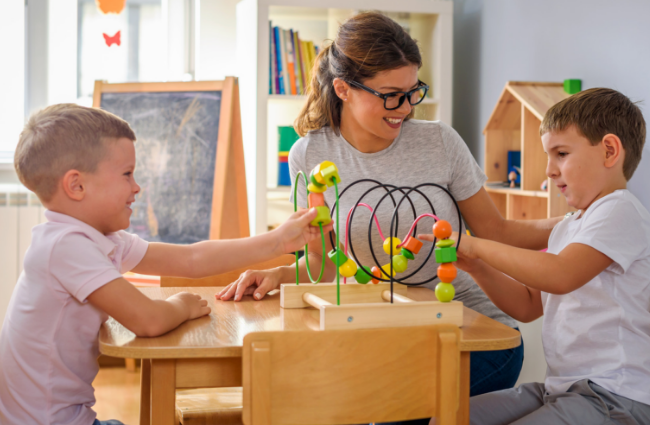
One of the biggest secrets to dealing with challenging behavior is what a teacher brings with them to school. Are you coming in well rested? Are you coming in with a good understanding of child development? Perhaps a more recent knowledge of trauma and equity? Does your school support your professional development? Have you even had anything to eat?
My point isn’t to shame you if you have none of these; many preschool teachers fall into this role and have to find professional development on their own. They have little to no control over work environments and survive on coffee. I know because I’ve been there and doing it all for just over minimum wage. When you are unhappy, overworked, and stressed about making ends meet, it’s hard to be patient with the kid who just knocked over your sensory table in a fit of rage. I’m not judging you. Being patient and able to help is much easier when your needs are met and you are prepared to face the challenge of behavior challenges in your classroom. That means putting your mask on first; as hard as that is for many to train themselves to do, you need to.
Here’s how to do that right now:
Self-care is vital. You need to take proper care of yourself. Take my Self-Care challenge email course ( it’s free) or if you don’t have time at least read more about self-care for teachers here.
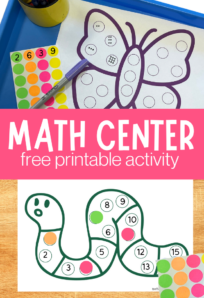
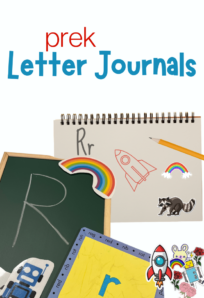
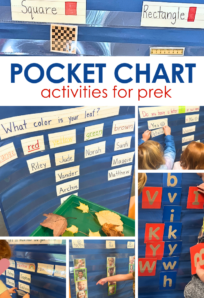
Leave a Comment